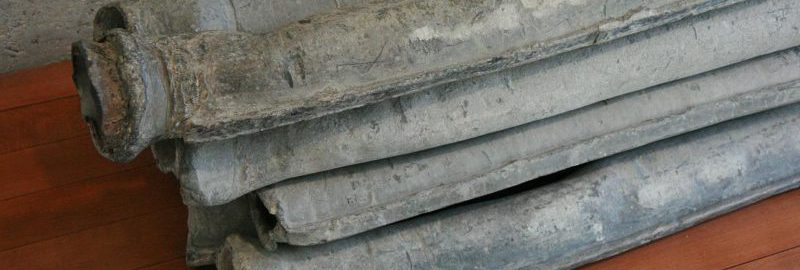Recent studies of ancient sediments from around Rome confirm that the inhabitants of the Eternal City drank lead-poisoned water. Thirty years ago, the Nigerian geochemist Jerome Nriagu published an article in the New England Journal of Medicine in which he stated that the massive lead poisoning of the inhabitants of the Eternal City had a huge impact on the fall of Rome.
A few days ago, a work by scientists from France, the USA and Great Britain who studied the amount of lead in sediments from around Rome was published in Proceedings of the National Academy of Sciences (PNAS). Scientists took multi-meter cores from the bottom of the Bay of Trajan in Portus (Rome’s port about 30 km west of the Eternal City), from the bottom of the channel connecting this bay to the Tiber, as well as samples from the bottom of the Tiber and ancient lead pipes. In this way, they could trace how the amount of lead in the water flowing from Rome into the sea changed over the course of several centuries, and whether these changes could be related to the use of pipes made of this metal. Analyzes have shown that the sediments from the heyday of Rome are indeed heavily contaminated with lead. Researchers estimate that the water that the ancient Romans drank had a hundred times more lead than local sources.







